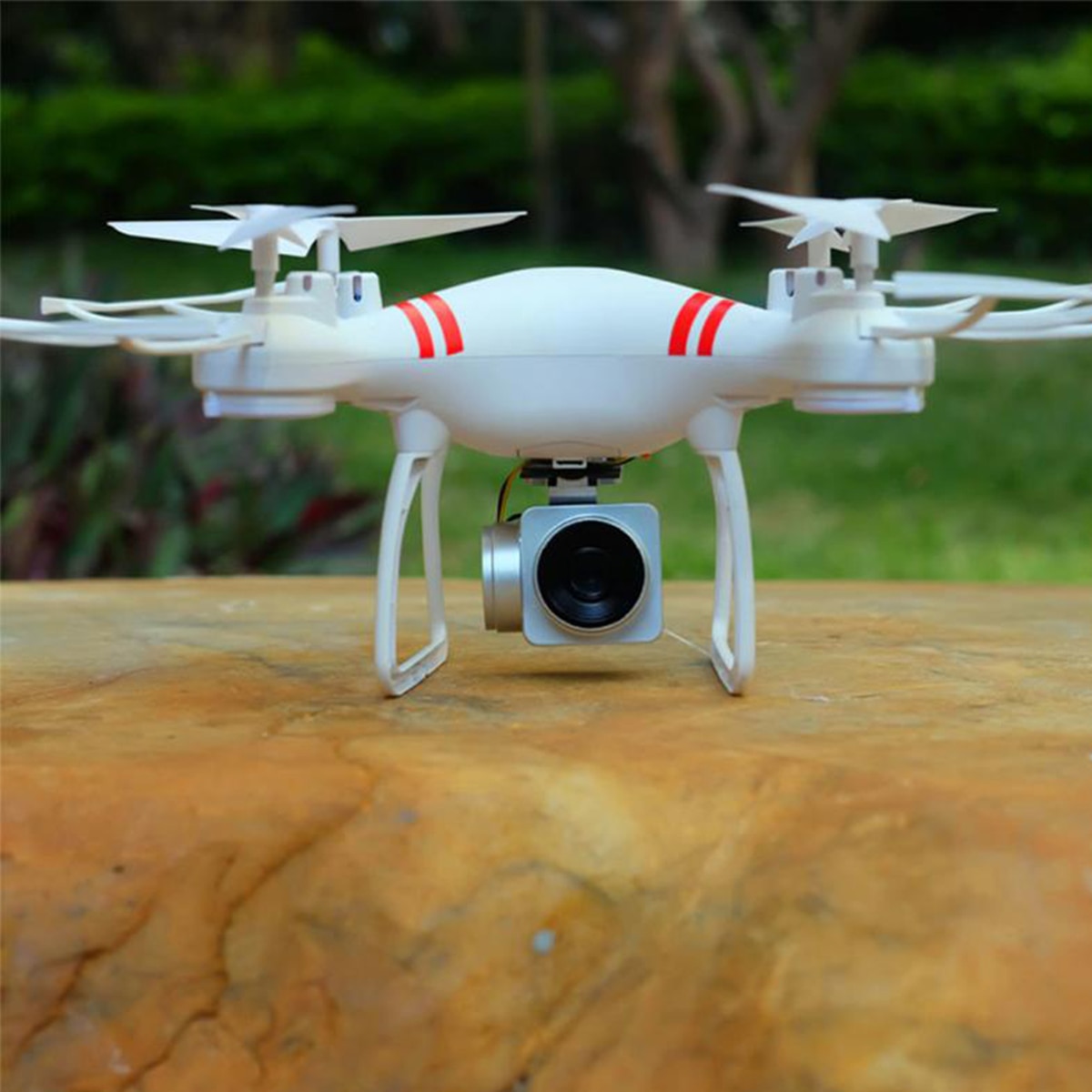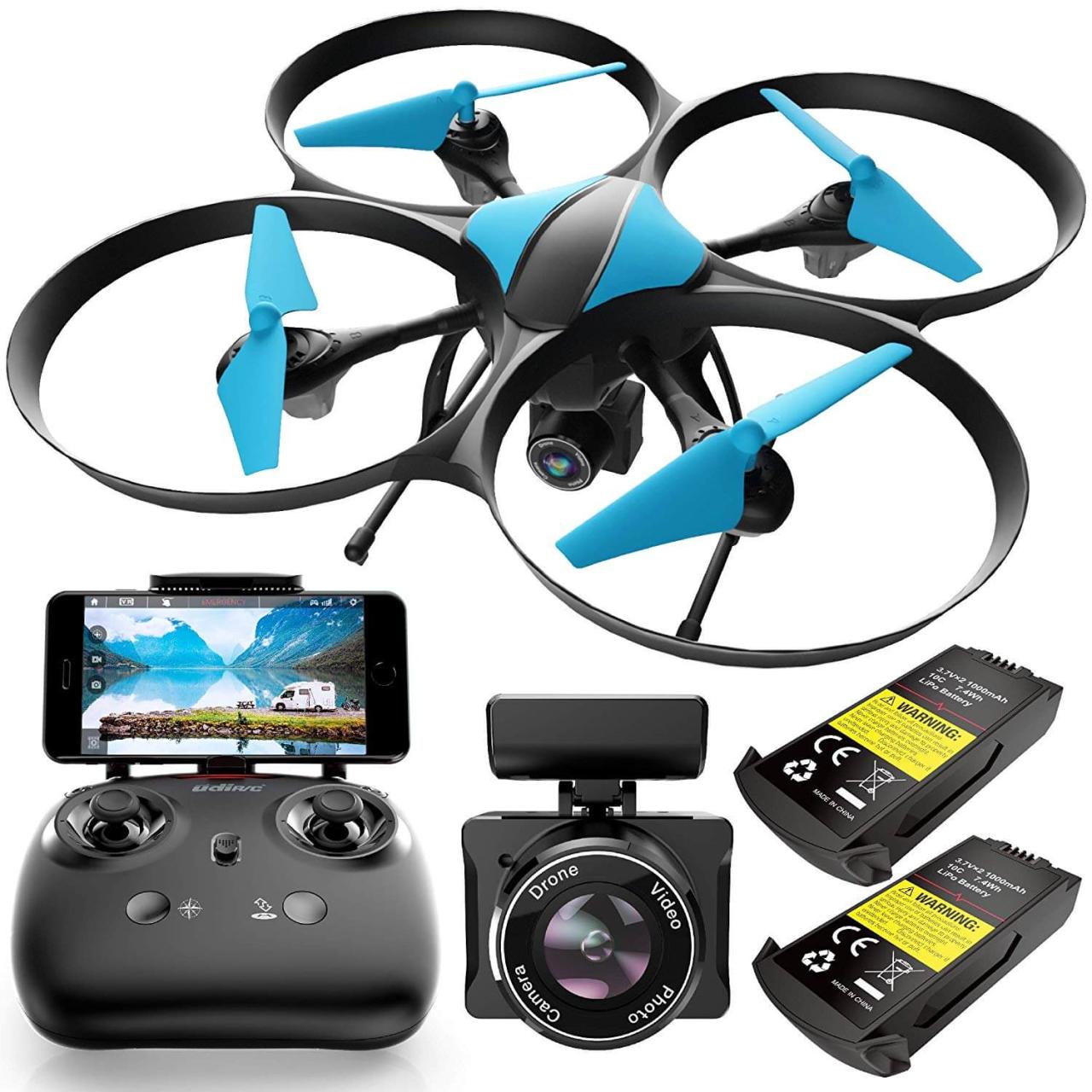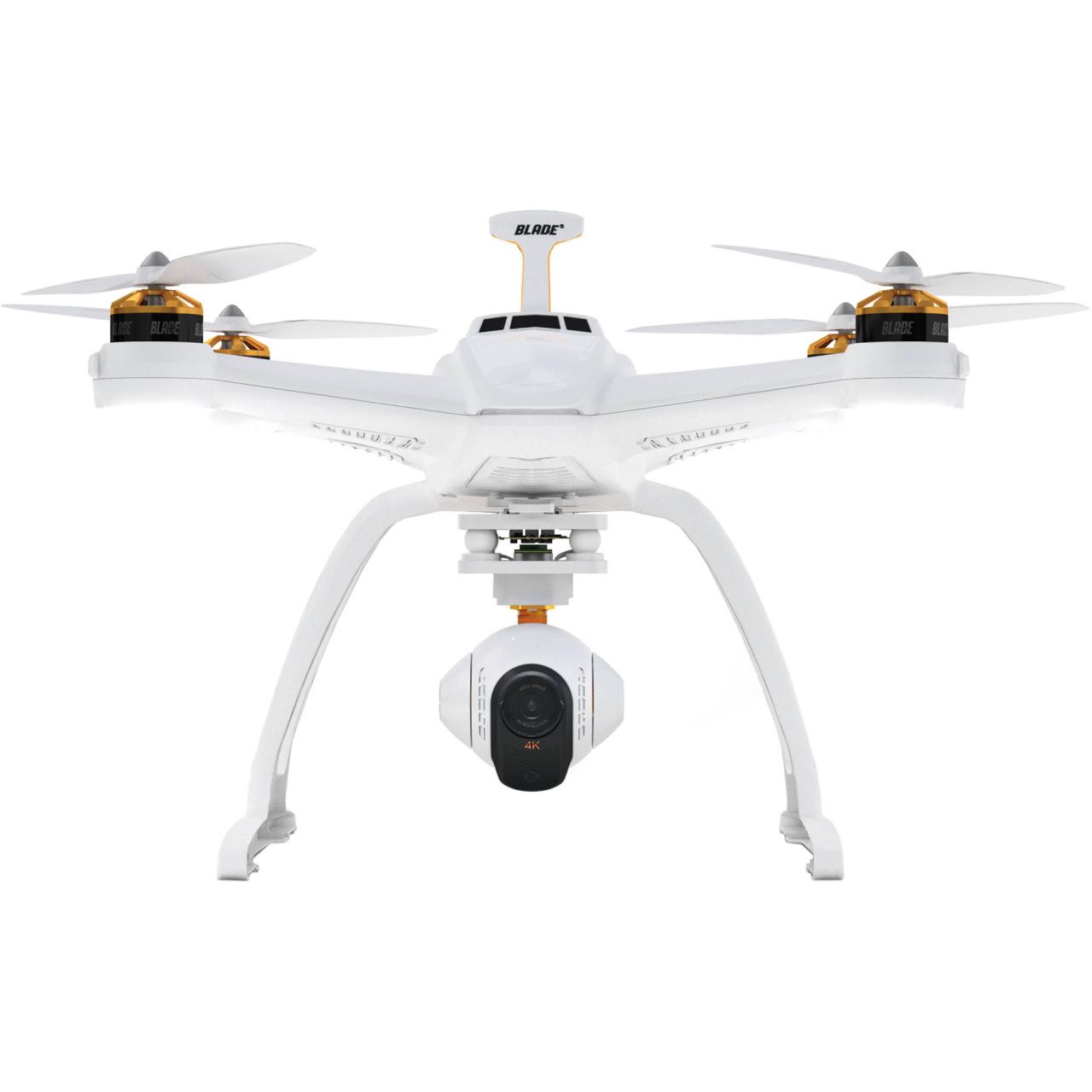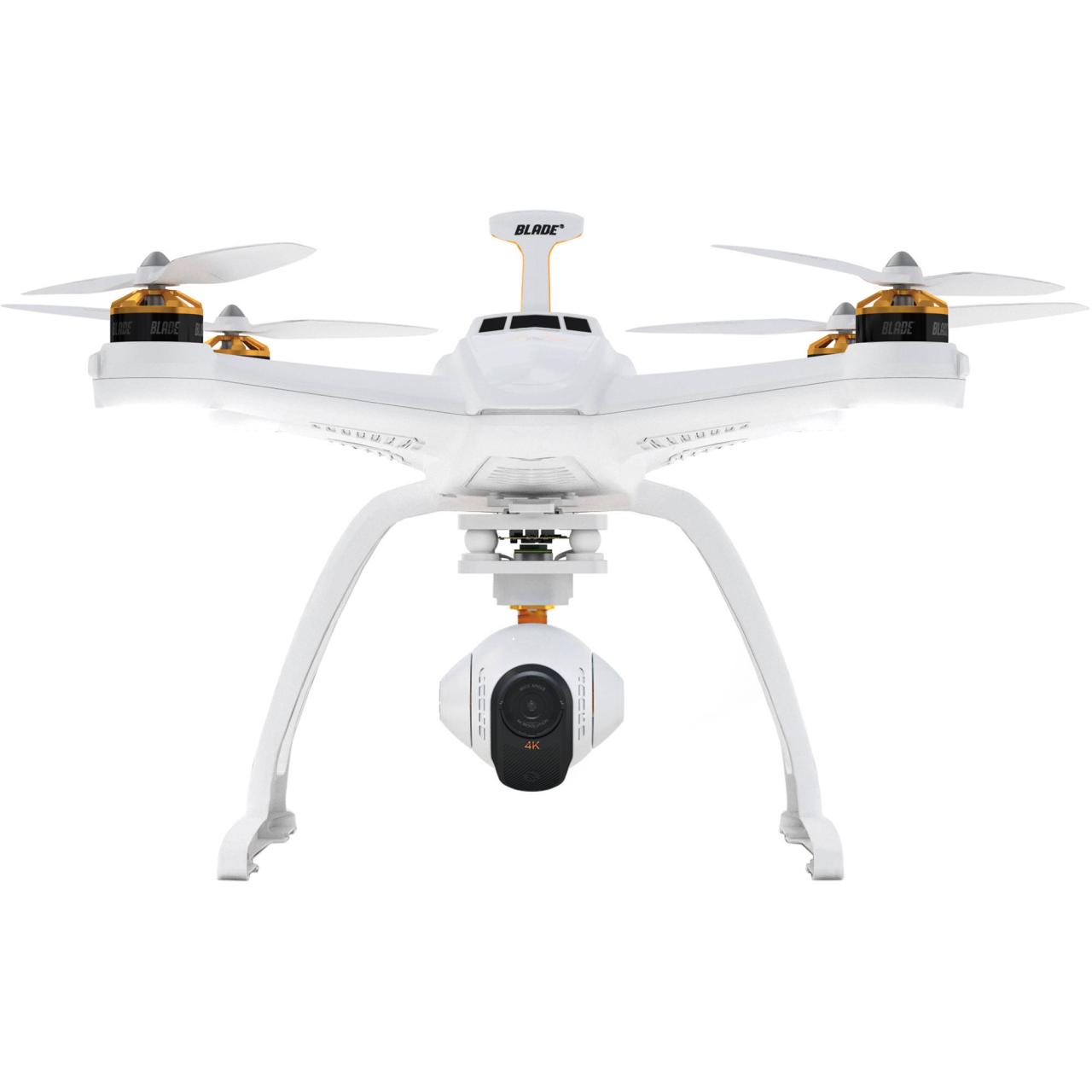Drone with camera technology has revolutionized various sectors, from professional filmmaking to precision agriculture. This exploration delves into the diverse types of drones available, their capabilities, applications, and the legal considerations surrounding their operation. We’ll examine different camera features, flight characteristics, and the multifaceted ways these versatile devices are transforming industries and creative endeavors. Understanding the nuances of drone technology is key to harnessing its potential responsibly and effectively.
This guide provides a detailed overview of the world of drones equipped with cameras, covering everything from the basic specifications to advanced applications. We’ll analyze different drone sizes, camera resolutions, flight modes, and the crucial safety and legal aspects of drone operation. Whether you’re a seasoned professional or a curious enthusiast, this comprehensive guide will equip you with the knowledge to navigate the exciting landscape of drone technology.
Types of Drones with Cameras

The world of drone cameras is vast and varied, offering a wide range of options for both professional and recreational users. Choosing the right drone depends heavily on your needs, budget, and intended applications. This section categorizes drones based on size, features, and intended use, highlighting their advantages and disadvantages.
Drone Types Categorized
| Type | Size | Features | Intended Use |
|---|---|---|---|
| Nano Drone | Very small, palm-sized | Lightweight, often foldable, basic camera | Hobbyist, casual aerial photography |
| Micro Drone | Small, easily portable | Improved camera quality compared to nano drones, some may have foldable design | Hobbyist, beginner-level aerial photography and videography |
| Mini Drone | Compact, portable | Better flight time and range than micro drones, advanced camera features possible (e.g., 4K video) | Consumer, hobbyist, basic professional use |
| Standard Drone | Larger, more robust | High-quality cameras, longer flight times, advanced features (GPS, obstacle avoidance, etc.), potentially foldable | Professional, advanced hobbyist, various applications |
| Large Drone | Substantial size, often requires specialized transportation | High-end cameras, extended flight times, heavy payload capacity, advanced features | Professional, industrial applications (e.g., surveying, inspection) |
Advantages and Disadvantages: Nano and micro drones are affordable and highly portable, but have limited flight times and camera capabilities. Mini and standard drones offer a balance of features and portability. Large drones excel in professional applications due to their capabilities, but come with higher costs and logistical considerations.
Typical Price Range: Nano drones start around $50, micro drones from $100, mini drones from $300, standard drones from $500, and large drones can cost several thousand dollars.
Camera Features and Specifications
The camera is the heart of any drone, and its specifications significantly impact the quality of your aerial footage. This section details key camera features and specifications to consider.
Camera Resolution and Sensor Size
Drone cameras typically offer resolutions ranging from 720p to 8K. Higher resolutions (like 4K and 8K) provide sharper, more detailed images, but require more storage space and processing power. Sensor size plays a crucial role in image quality; larger sensors capture more light, resulting in better low-light performance and dynamic range.
Advanced Camera Features
- Gimbal Stabilization: A motorized gimbal keeps the camera steady, reducing shake and blur, even during flight.
- Zoom Capabilities: Optical zoom allows for closer shots without loss of quality, while digital zoom reduces image quality.
- Shooting Modes: Most drones offer various shooting modes, including photo, video, timelapse, and panorama.
Image Sensor Comparison
| Sensor Type | Strengths | Weaknesses |
|---|---|---|
| CMOS (Complementary Metal-Oxide-Semiconductor) | Lower power consumption, faster readout speeds, better for video recording | Can be more susceptible to noise in low-light conditions |
| CCD (Charge-Coupled Device) | Generally better low-light performance, higher color accuracy | Higher power consumption, slower readout speeds, less common in drones |
Drone Flight Capabilities and Features: Drone With Camera

Understanding a drone’s flight capabilities is essential for safe and effective operation. Key features to consider include flight time, range, speed, and obstacle avoidance systems.
Key Flight Specifications
| Feature | Typical Range (Examples) |
|---|---|
| Flight Time | 15-45 minutes (depending on drone size and battery) |
| Range | 0.5-10 kilometers (depending on regulations and drone capabilities) |
| Speed | 10-70 km/h (depending on drone model) |
| Obstacle Avoidance | Various levels of sophistication, from basic sensor-based systems to advanced AI-powered avoidance |
GPS-Assisted vs. Manual Flight: GPS-assisted flight provides stability and features like return-to-home functionality. Manual flight offers greater control but requires more skill and attention.
Drones equipped with cameras offer incredible versatility, from aerial photography to surveillance. However, responsible operation is crucial, as highlighted by recent incidents like the one detailed in this news report: nj drone shot down. Understanding regulations and safety protocols is paramount for anyone operating a drone with a camera, ensuring both legal compliance and the safety of others.
Flight Modes: Common flight modes include Follow Me (drone follows the pilot), Point of Interest (drone orbits a specific point), and Waypoint Navigation (drone follows a pre-programmed route).
Wind Conditions: Wind significantly impacts drone flight performance. Strong winds can reduce flight time, range, and stability, potentially making safe operation challenging.
Applications of Drones with Cameras
Drones with cameras have revolutionized various industries, offering unique perspectives and capabilities. This section explores their diverse applications.
Professional Applications
- Aerial Photography & Videography: Capturing stunning visuals for real estate, tourism, and filmmaking.
- Surveying & Mapping: Creating accurate maps and 3D models for construction, agriculture, and environmental monitoring.
- Inspection & Maintenance: Inspecting infrastructure (bridges, power lines), and hard-to-reach areas for damage or defects.
- Search & Rescue: Locating missing persons or assessing disaster areas.
Industry-Specific Applications
- Real Estate: Providing high-quality aerial photos and videos for property listings.
- Agriculture: Monitoring crop health, assessing irrigation needs, and optimizing farming practices.
- Construction: Monitoring progress, inspecting structures, and creating site progress reports.
- Law Enforcement: Surveillance, crime scene investigation, and traffic monitoring.
Creative Applications
- Filmmaking: Capturing unique cinematic shots and perspectives.
- Wildlife Photography: Observing animals from a safe distance without disturbing their natural behavior.
- Artistic Projects: Creating aerial art installations and unique photographic works.
Legal and Safety Considerations
Operating drones with cameras responsibly requires understanding and adhering to relevant regulations and safety protocols. This section Artikels key legal and safety considerations.
Regulations and Laws

Drone regulations vary significantly by region. It’s crucial to research and understand the specific laws and regulations in your area before flying. These often include registration requirements, airspace restrictions, and limitations on flight distance and altitude.
Permits and Licenses
Depending on the drone’s use and location, obtaining necessary permits and licenses may be required, especially for commercial operations.
Safety Protocols, Drone with camera
Safe drone operation involves thorough pre-flight checks (battery level, GPS signal, etc.), awareness of surrounding environment, and adherence to emergency procedures in case of malfunction.
Safe Drone Operation Infographic
The infographic would depict a central image of a drone in flight, surrounded by several key elements. A large circle around the drone would show a “no-fly zone” radius, illustrating safe distances from people and obstacles. Arrows would point to various safety icons, including a battery icon (check battery level), a GPS icon (ensure GPS signal), a wind icon (check wind conditions), and a person icon (maintain visual line of sight).
Smaller icons could represent pre-flight checks and emergency procedures. The overall style would be clear, concise, and easily understandable, using bold colors and simple graphics.
From miniature nano-drones to large-scale professional models, the world of drones with cameras offers a vast array of possibilities. This exploration has highlighted the key features, applications, and legal considerations surrounding their use. By understanding the diverse capabilities and limitations of these technologies, individuals and organizations can harness their power responsibly and ethically, contributing to innovation and progress across numerous fields.
The future of drone technology is bright, promising further advancements and expanded applications in the years to come.
Drones equipped with cameras offer incredible versatility, from aerial photography to inspections. The capabilities are constantly expanding, and understanding payload capacity is crucial. For instance, you might research the specifics of remington drone loads to see how much weight a particular model can handle before considering a drone with camera for your project. This helps determine if your chosen camera and other equipment will fit within the weight limits of the drone.
FAQs
What is the flight time of most consumer drones?
Flight times vary greatly depending on the model, but generally range from 15 to 30 minutes on a single battery charge.
How far can a drone typically fly?
The range depends on the drone model and local regulations, but most consumer drones have a range of several kilometers. Always stay within visual line of sight.
What is the best camera resolution for drone photography?
4K resolution is generally preferred for high-quality images and videos, but 1080p is still suitable for many applications.
Do I need a license to fly a drone?
Regulations vary by country and region. In many places, registration and licensing are required for commercial use, and some restrictions apply to recreational use as well. Check your local laws.
How do I ensure the safety of my drone flights?
Always perform pre-flight checks, fly within visual line of sight, avoid flying near airports or crowded areas, and be aware of weather conditions.
